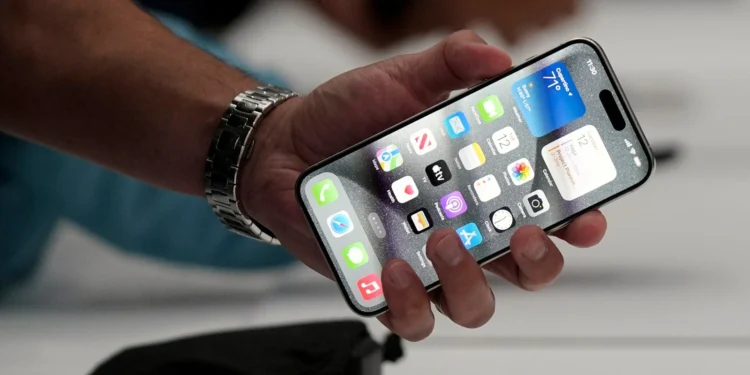As anticipation swirled around the release of the iPhone 16 Pro, Apple fans and sceptics alike gathered to witness the blend of advancements and setbacks that accompany the latest iteration of the world’s most recognizable smartphone. From its introduction in bustling Apple stores around the globe to the nuanced upgrades in hardware and software, the iPhone 16 Pro paints a complex picture of innovation juxtaposed with apparent compromises.
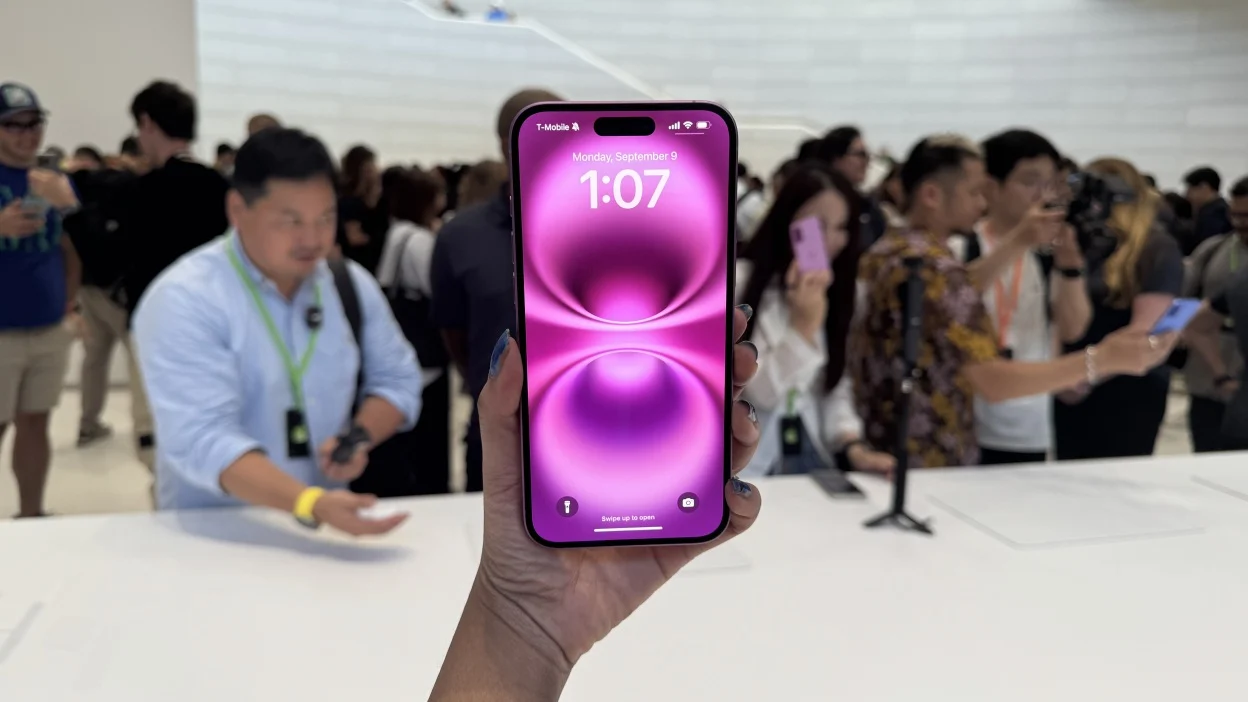
Redefining Smartphone Reparability and Design
Apple has taken significant strides toward making the iPhone more user-friendly when it comes to repairs. Notably, the iPhone 16 and iPhone 16 Plus models debut a new adhesive that simplifies battery replacements—no longer relying on brute force but rather on an electric current to loosen the adhesive. This development, detailed in iFixit’s latest teardown, reflects a broader shift towards enhanced repairability in consumer electronics.
However, the iPhone 16 Pro, while sporting a more robust casing around its battery cells, has missed out on this adhesive update. The redesigned battery casing offers increased protection against accidents during repairs, a thoughtful enhancement given the delicate nature of electronic repairs.
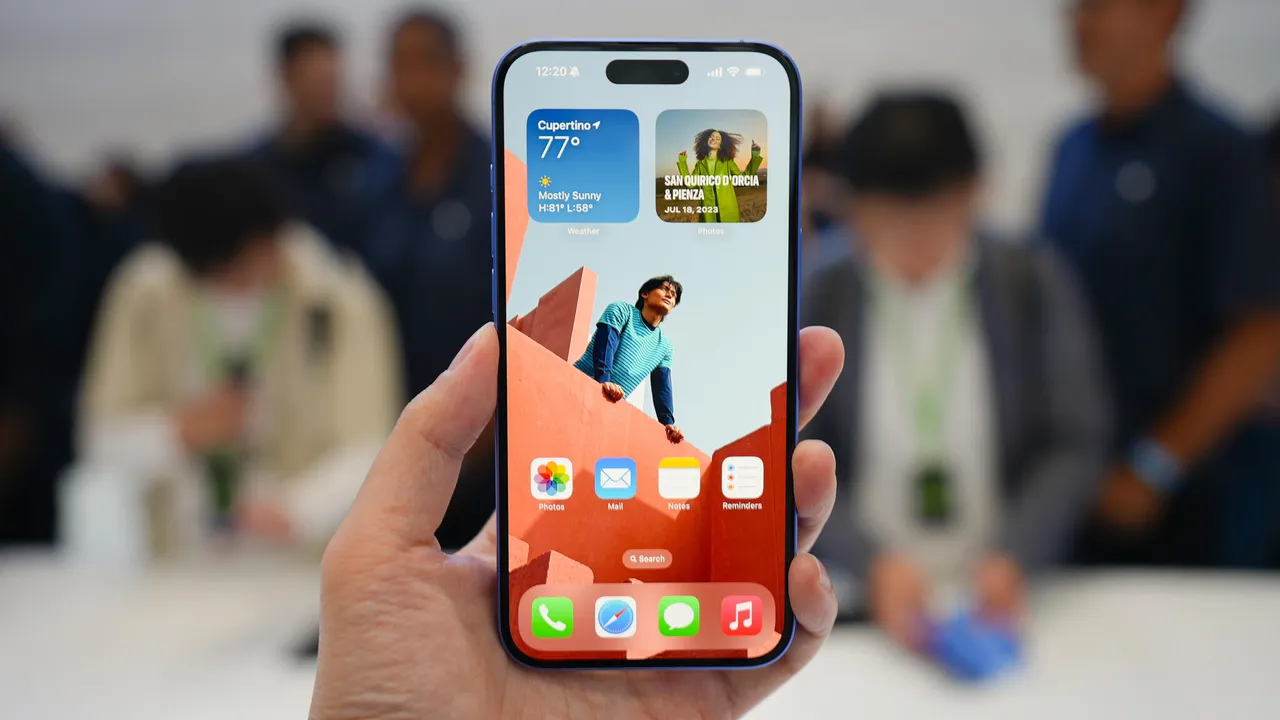
The Camera Control Button: A Game-Changer?
One of the most talked-about features of the iPhone 16 Pro is the new Camera Control button. This feature expands on the capabilities of the Action Button introduced in the iPhone 15 Pro and Pro Max, allowing for a range of controls from exposure adjustments to switching between photo and video modes—all under the ease of a single finger. David Phelan, a contributor for Forbes, praises this addition as a significant leap forward for iPhone photography and videography, stating, “There’s a learning curve here, but it’s shallow and easily managed. And the results are terrific—this is easily the best way to shoot video and stills on an iPhone, with the perfect placing of the button and fast and responsive mechanics in the Control itself.”
The Slow March of Apple Intelligence
Despite hardware improvements, Apple’s rollout of its generative AI system, dubbed Apple Intelligence, has been notably staggered. The system, which will not see its complete introduction until Spring 2025, marks a cautious approach by Apple in integrating AI capabilities. This strategy starkly contrasts with competitors like Google, who have aggressively pushed AI features in their devices. Mark Gurman from Bloomberg’s Power On newsletter points out a key marketing misstep: “Apple claims the iPhone 16 is the first model ‘built from the ground up for Apple Intelligence.’ The reality is that the hardware isn’t meaningfully better for AI… The key factor is having 8 gigabytes of memory, the minimum required to run Apple Intelligence.”
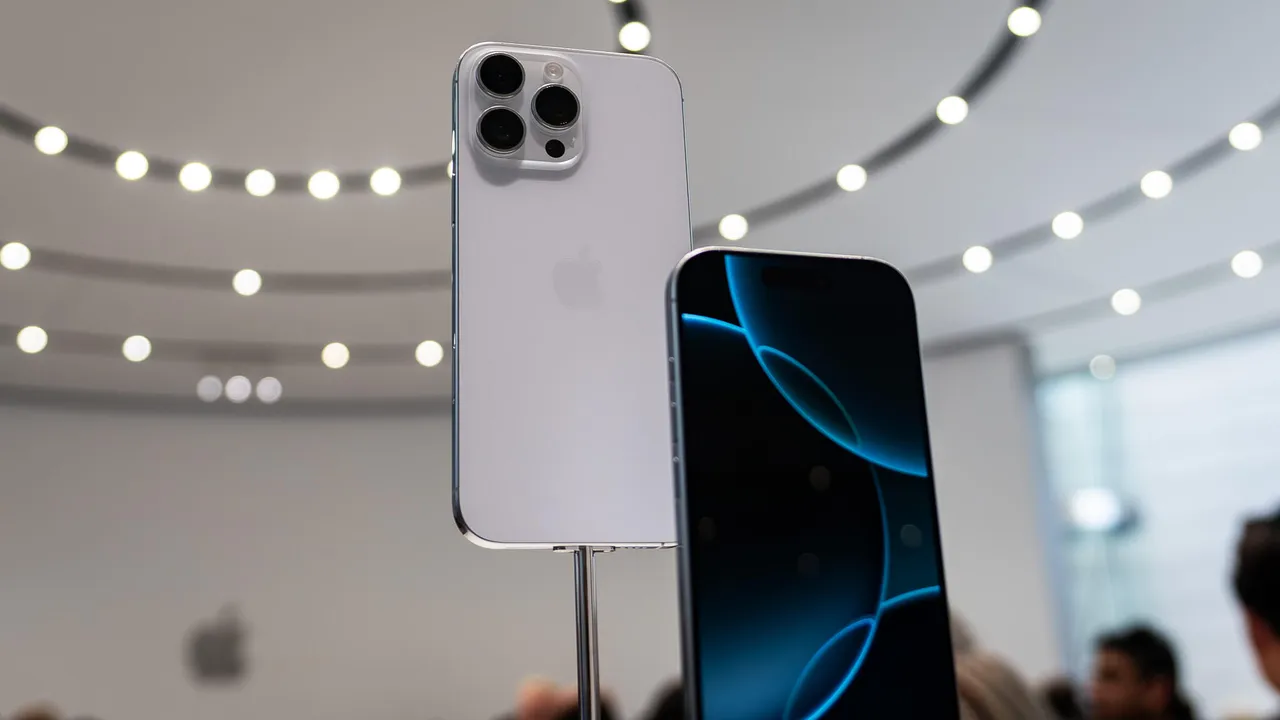
Incremental Improvements Amid Industry Trends
While Apple touts the iPhone 16 Pro’s higher specs compared to its predecessors, the changes are largely incremental. The A18 Pro chipset offers slightly faster performance, and the display adjustments provide minimal enhancements in brightness and dimness. These modifications suggest that Apple is keeping pace with industry trends rather than exceeding them.
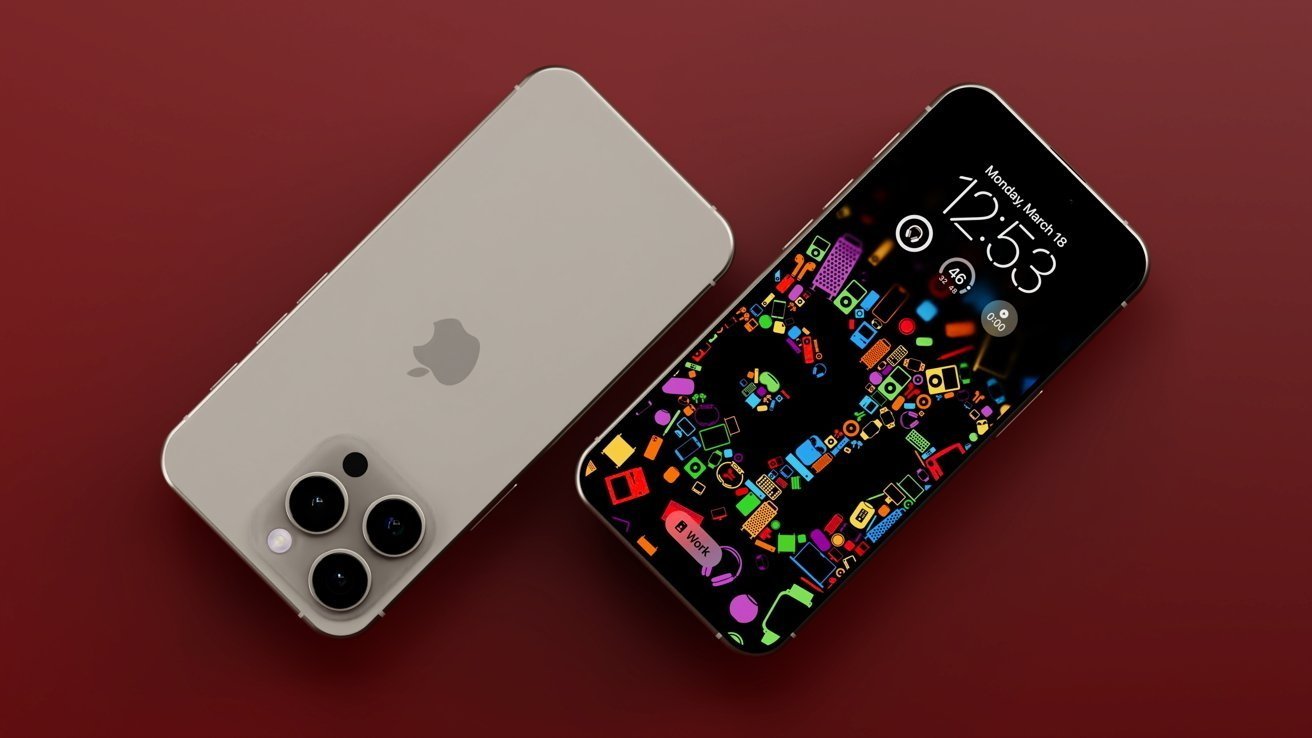
The release of the iPhone 16 Pro delivers both delight and disappointment, encapsulating moments of genuine innovation alongside missed opportunities in a rapidly evolving tech landscape. As the Apple community weighs these advancements against the backdrop of competitive pressures and technological possibilities, the iPhone 16 Pro stands as a testament to Apple’s enduring allure and the ever-growing expectations of its user base.
In the grand scheme of things, the iPhone 16 Pro offers more than just a phone; it presents a narrative of a company at the crossroads of tradition and futuristic ambitions, striving to redefine what a smartphone can be while adhering to its iconic roots.

